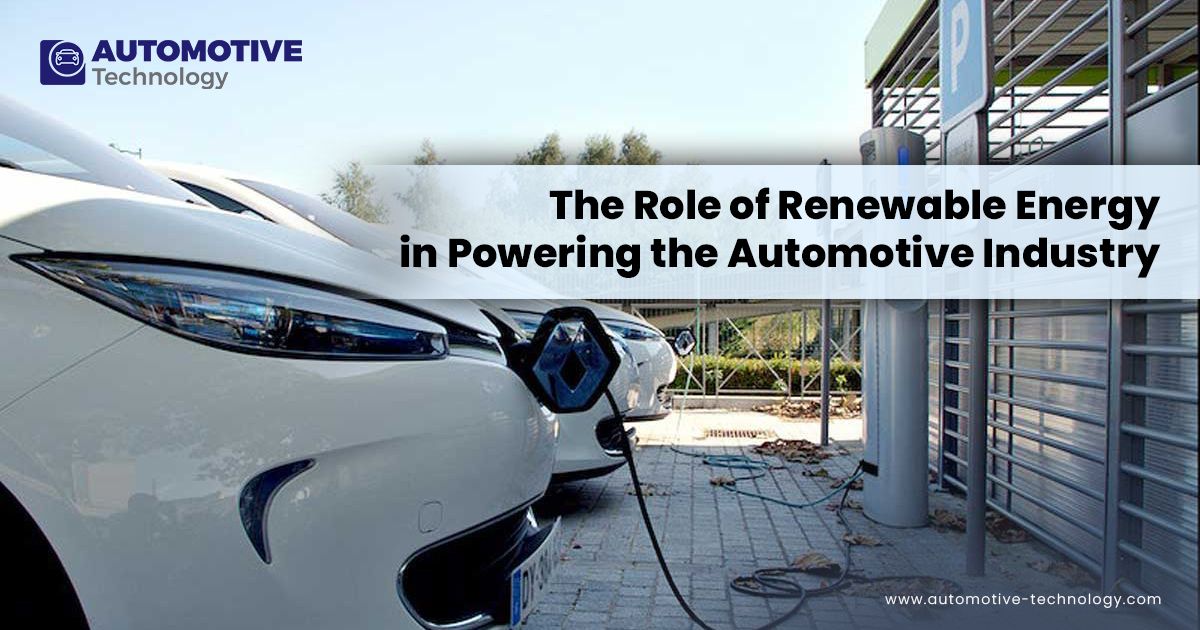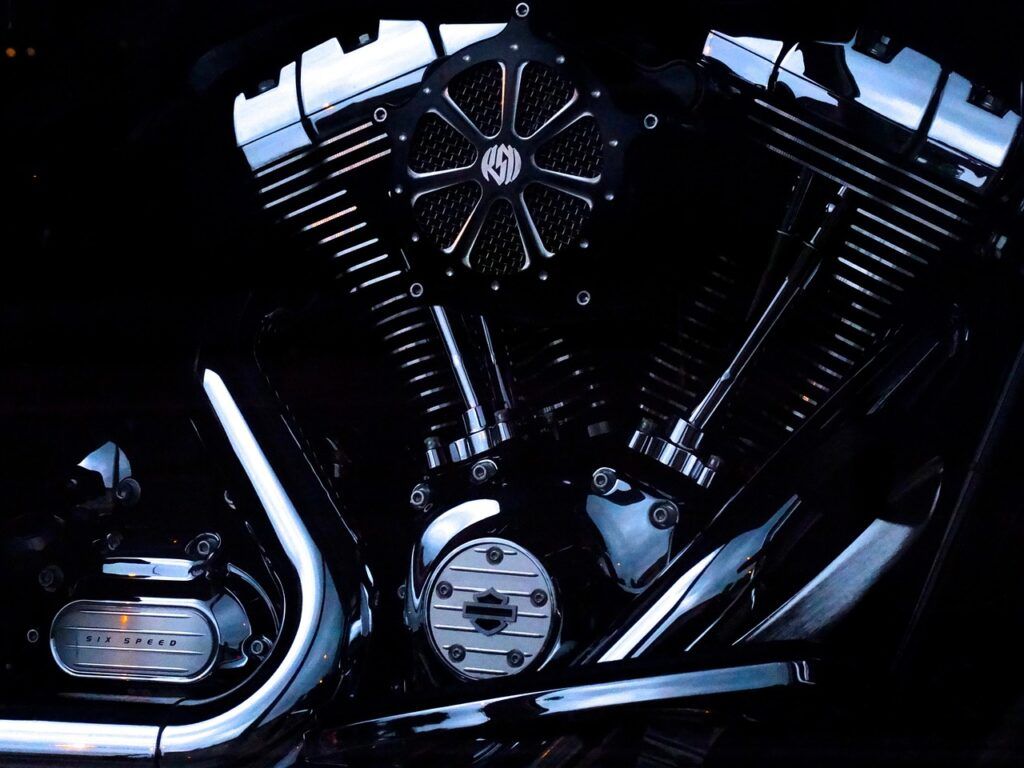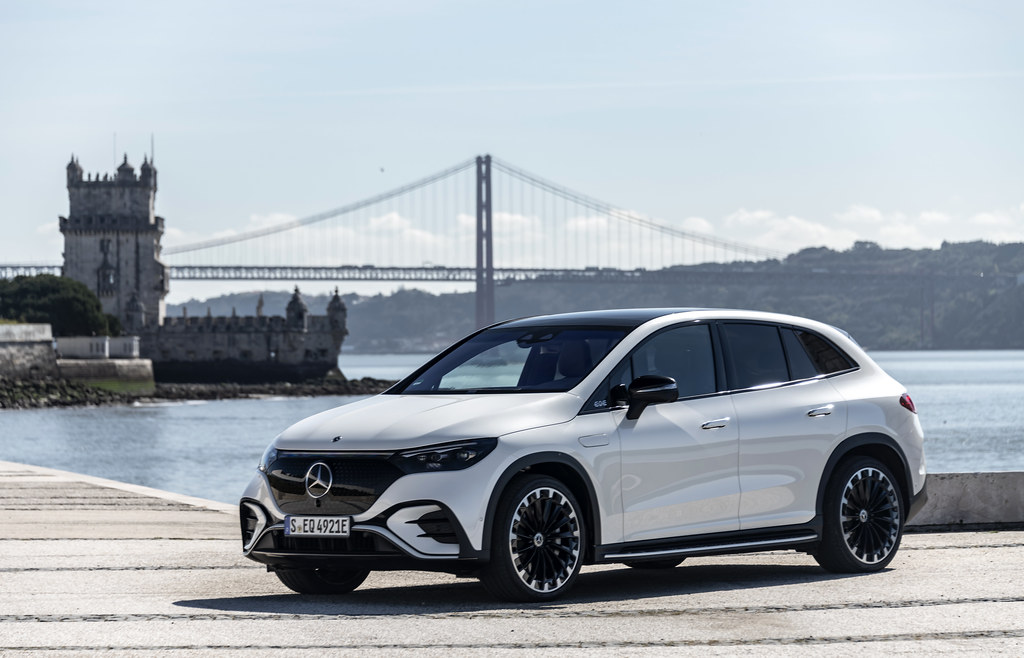
The automotive industry has long been a symbol of progress and innovation, pushing the boundaries of engineering and design to bring us vehicles that define mobility. Yet, beneath the gleaming surfaces and marketing campaigns, history reveals a darker, more tumultuous side. This intricate sector, for all its advancements, has also been the stage for numerous high-stakes scandals, moments where corporate decisions, negligence, and even deception have cast long shadows over consumer confidence and industry integrity.
These aren’t just isolated incidents; they are critical turning points that have collectively shaken the industry to its core, forcing stricter regulations, inspiring significant safety standards, and fundamentally altering the relationship between automakers and the public they serve. From revolutionary designs hampered by controversy to deadly defects concealed for profit, each scandal serves as a stark reminder of the immense responsibilities inherent in manufacturing machines that transport millions daily.
Join us as we take an in-depth look at some of the most infamous automotive controversies, uncovering the stories behind the headlines and examining how these pivotal moments exposed systemic flaws, reshaped corporate ethics, and ultimately paved the way for a more accountable future in the fiercely competitive world of automobiles. We delve into how the pursuit of profit, coupled with lapses in judgment, often led to dire consequences for both companies and countless individuals.
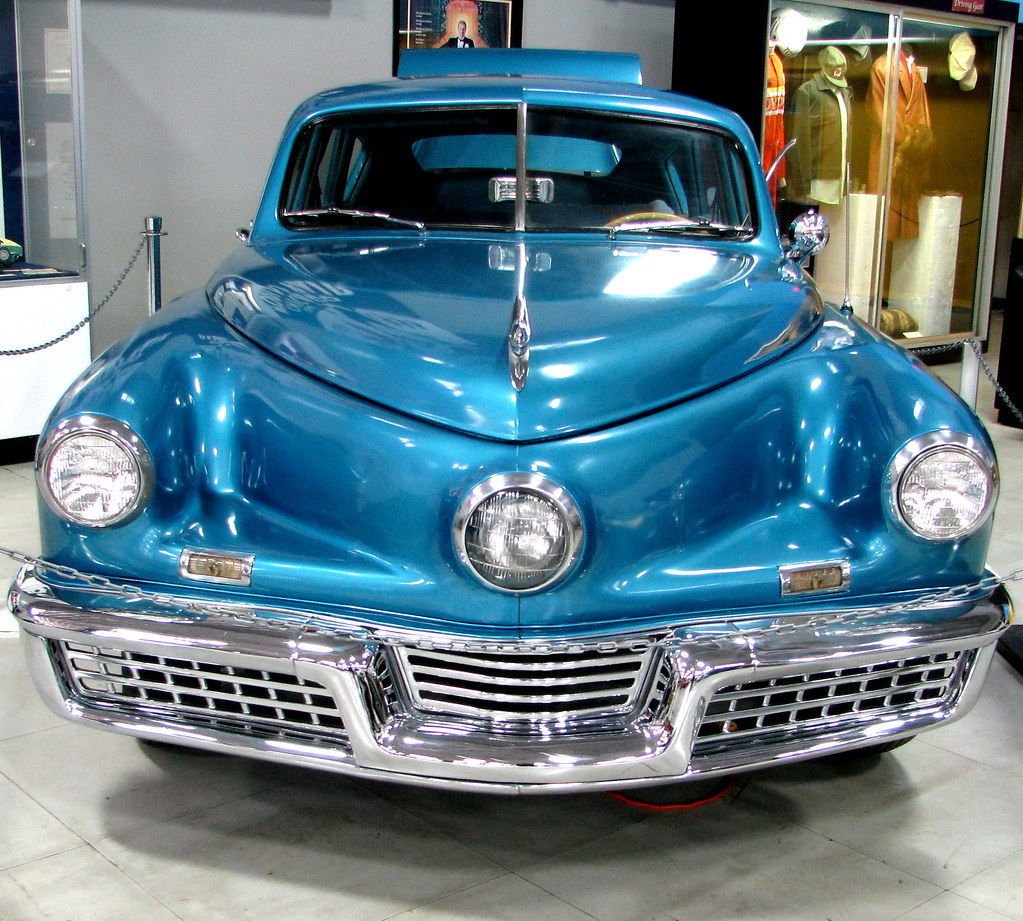
1. **The Tucker 48: Innovation Stifled by Controversy**
After the devastation of World War II, a visionary named Preston Tucker dared to dream big, introducing the Tucker 48. This vehicle was not just a car; it was a revolution, boasting advanced safety features and a groundbreaking rear-engine design that promised a new era of automotive excellence. It represented a bold step forward, challenging the established norms of car manufacturing with its innovative approach.
However, Tucker’s journey was fraught with challenges, as his unconventional business practices quickly drew the scrutinizing gaze of the Securities and Exchange Commission (SEC). Allegations of fraud soon emerged, casting a dark cloud over his ambitious venture. Tucker himself claimed that the powerful Big Three automakers conspired against him, alleging they blocked his access to essential materials and actively sabotaged his fledgling company, an accusation that spoke volumes about the cutthroat nature of the industry at the time.
Despite being acquitted of the charges in 1950, the damage to the Tucker Corporation was irreversible. The relentless controversy and legal battles proved too much for the nascent company to overcome. Ultimately, only 51 Tucker 48s were ever produced, leaving behind a legacy of what might have been. The scandal remains one of the most infamous examples in automotive history where innovative vision was seemingly thwarted by corporate and legal challenges, leaving a poignant mark on the annals of industrial ambition.

2. **The Ford Pinto: A Costly Gamble on Human Lives**
The 1970s saw the Ford Pinto become a household name, but for all the wrong reasons. This subcompact vehicle gained notoriety due to a horrifying defect: its fuel tank was dangerously positioned, prone to rupturing and igniting in devastating fires even during relatively minor rear-end collisions. The design flaw turned what was intended as an economical car into a potential death trap, raising profound questions about design integrity and corporate responsibility.
Shockingly, internal documents later brought to light a grim truth: Ford executives were fully aware of the Pinto’s severe defect. Instead of implementing a costly redesign or a widespread recall, the company made a chilling calculation. An internal memo estimated that fixing the problem would cost $137 million, while settlements for potential deaths and injuries would total a mere $49.5 million. This cold business decision prioritized financial savings over human lives, setting the stage for one of the most egregious ethical lapses in automotive history.
The public outrage that followed was immense and widespread, forcing Ford to eventually recall the Pinto in 1978. However, this action came too late for many, as hundreds of people were injured or tragically killed due to the fuel tank’s catastrophic defect. This scandal not only severely damaged Ford’s reputation but also led to increased scrutiny and significant regulatory changes in automotive safety, emphasizing that profits could never truly outweigh the value of a human life.
Car Model Information: 1980 Ford Pinto WAGON
Name: Ford Pinto
Caption: Ford Pinto
Manufacturer: Ford Motor Company
Aka: Mercury Bobcat
Production: September 1970 – July 1980
ModelYears: 1971–1980 (Pinto),1974–1980 (Bobcat)
Assembly: Edison, New Jersey,Milpitas, California
Designer: Robert Eidschun (1968)
Class: Subcompact car
BodyStyle: Sedan (automobile),sedan delivery,station wagon,hatchback
Related: #Mercury Bobcat (1974–1980),Ford Mustang (second generation)
Layout: Front-engine, rear-wheel-drive layout
Chassis: Unibody
Engine: unbulleted list
Abbr: on
Disp: Ford Cologne engine
Transmission: unbulleted list
Wheelbase: 94.0 in
Length: 163 in
Width: 69.4 in
Height: 50 in
Weight: convert
Predecessor: Ford Cortina#Mark II (1966–1970)
Successor: Ford Escort (North America)
Categories: 1980s cars, Articles with short description, Cars discontinued in 1980, Cars introduced in 1970, Commons category link from Wikidata
Summary: The Ford Pinto is a subcompact car that was manufactured and marketed by Ford Motor Company in North America from 1970 until 1980. The Pinto was the first subcompact vehicle produced by Ford in North America.
The Pinto was marketed in three body styles throughout its production: a two-door fastback sedan with a trunk, a three-door hatchback, and a two-door station wagon. Mercury offered rebadged versions of the Pinto as the Mercury Bobcat from 1975 until 1980 (1974–1980 in Canada). Over three million Pintos were produced over its ten-year production run, outproducing the combined totals of its domestic rivals, the Chevrolet Vega and the AMC Gremlin. The Pinto and Mercury Bobcat were produced at Edison Assembly in Edison, New Jersey, St. Thomas Assembly in Southwold, Ontario, and San Jose Assembly in Milpitas, California.
Since the 1970s, the safety reputation of the Pinto has generated controversy. Its fuel-tank design attracted both media and government scrutiny after several deadly fires occurred when the tanks ruptured in rear-end collisions. A subsequent analysis of the overall safety of the Pinto suggested it was comparable to other 1970s subcompact cars. The safety issues surrounding the Pinto and the subsequent response by Ford have been cited widely as business ethics and tort reform case studies.
Get more information about: Ford Pinto
Buying a high-performing used car >>>
Brand: Ford Model: Pinto
Price: $5,951 Mileage: 107,000 mi.

3. **Ford’s “Failure to Park” Transmission Defect**
Between 1966 and 1980, over 20 million Ford vehicles were plagued by a dangerous and insidious transmission defect. This flaw allowed vehicles to unexpectedly slip from “park” into “reverse” on their own, often without warning, creating hazardous situations for drivers and those around them. This widespread issue affected a vast number of consumers, causing immense concern and highlighting a critical safety lapse spanning over a decade of production.
Despite receiving more than 23,000 complaints from distressed customers and facing scrutiny from the National Highway Traffic Safety Administration (NHTSA), Ford opted to avoid a comprehensive recall. Instead of addressing the fundamental design flaw with a costly repair, the company chose a less expensive alternative: issuing warning stickers to vehicle owners. This decision, driven by cost concerns, placed millions of drivers and pedestrians at continued risk, demonstrating a concerning prioritization of corporate interest over consumer safety.
By 1984, the dire consequences of this negligence became tragically clear, as the defect was definitively linked to 77 deaths. This made it one of the deadliest auto scandals in history, marking a dark chapter for Ford and the industry as a whole. The company’s reluctance to proactively resolve the issue served as a stark lesson in the severe repercussions that can arise when vital safety concerns are sidestepped, underscoring the critical importance of ethical decision-making in large-scale manufacturing.
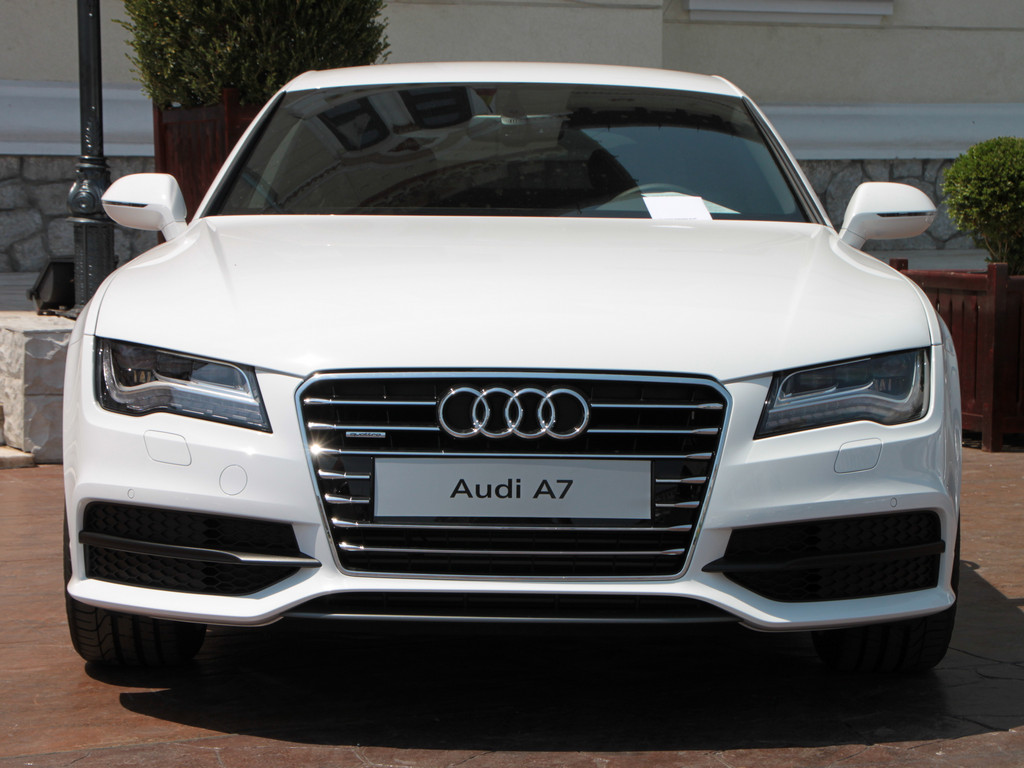
4. **Audi’s Unintended Acceleration Crisis**
In 1986, the perception of Audi in the American market was severely undermined by a sensational report aired on CBS’s 60 Minutes. The program alleged that the Audi 5000 model was prone to sudden, unintended acceleration, featuring terrifying footage that appeared to show an Audi lurching forward spontaneously. This dramatic portrayal ignited widespread panic among consumers and initiated a rapid decline in the brand’s once-sterling reputation for quality and engineering.
As the crisis unfolded and investigations deepened, a shocking truth emerged: the harrowing footage broadcast by 60 Minutes had been staged by the television crew, an act of sensationalism that profoundly impacted public perception. Despite this revelation, and the subsequent exoneration of Audi by the NHTSA in 1989, the damage to the brand’s image and market presence was already catastrophic and irreversible. The initial allegations, however unfounded, had taken root firmly in the public consciousness, creating an enduring stigma.
The repercussions were devastating, with Audi’s U.S. sales plummeting dramatically from 74,000 units in 1984 to a mere 12,000 by 1991. The scandal nearly annihilated Audi’s foothold in the American market, serving as a powerful demonstration of how media influence and public perception, even when based on erroneous information, can devastate a company. It underscored the fragile nature of consumer trust and the long-lasting impact of negative publicity, irrespective of ultimate vindication.
Car Model Information: 2018 Audi Q7 3.0T Prestige
Name: Audi 100 / Audi 200 / Audi 5000
Aka: Audi 5000 (North America)
Manufacturer: Auto Union
Production: 1968–1994
Class: Luxury vehicle#Mid-size luxury.2Fexecutive cars
Layout: front-wheel drive
Platform: Volkswagen Group C platform
Successor: Audi A6
Categories: 1970s cars, 1980s cars, 1990s cars, 2000s cars, All-wheel-drive vehicles
Summary: The Audi 100 and Audi 200 (and sometimes called Audi 5000 in North America and Audi 500 in some markets like New Zealand and South Africa) are primarily mid-size/executive cars manufactured and marketed by the Audi division of the Volkswagen Group. The car was made from 1968 to 1997 across four generations (C1–C4), with a two-door model available in the first and second generation (C1-C2), and a five-door model available in the last three generations (C2–C4).They also made an 100 Avant in the 1970s.
In 1982, the third generation Audi 100 achieved a remarkably low (for its time) drag coefficient of 0.30, featuring flush greenhouse sides with unique sliding window mountings.
The C2 and C3 models of the Audi 100 were marketed in North America as the Audi 5000 from 1978 to 1988, and in South Africa as the Audi 500.
In 1993, the models were mildly restyled, and renamed the Audi A6 series in conjunction with a general new Audi naming scheme, until they were replaced by a new generation of A6, internally code-named C5, in 1997. The Audi 100’s traditional competitors include the Mercedes Benz E-Class and BMW 5-Series.
Get more information about: Audi 100
Buying a high-performing used car >>>
Brand: Audi Model: 5000
Price: $23,950 Mileage: 98,826 mi.
Read more about: When Automotive Giants Stumble: Unearthing the Toxic Pasts of 14 Iconic Vehicles and Brands

5. **The Takata Seatbelt Debacle**
Long before the infamous airbag crisis that would ultimately bankrupt the company, Takata was already embroiled in a significant scandal concerning faulty seatbelt buckles in the 1990s. This earlier incident cast an initial shadow on the company’s manufacturing integrity and commitment to safety. It was an early warning sign of deeper systemic issues within their production processes, which would later manifest in a much larger and more catastrophic failure.
By 1995, the extent of the problem became undeniable, leading to the recall of over 8 million vehicles fitted with Takata seatbelts that failed to latch properly. This widespread defect placed countless drivers and passengers at serious risk, as the primary safety restraint in their vehicles could not be relied upon. While no deaths were directly reported in connection with these faulty seatbelts, at least 60 injuries were definitively linked to the defect, providing a tangible measure of the danger posed.
This recall resulted in automakers worldwide facing over $1 billion in costs, a substantial financial burden that highlighted the ripple effect of a single supplier’s manufacturing negligence. The Takata seatbelt debacle served as a critical precursor, an early indication of the profound manufacturing issues that would tragically escalate, culminating in the widespread and deadly Takata airbag crisis years later. It underscored the importance of stringent quality control and the severe consequences of overlooking safety compromises in critical components.
6. **The Ford-Firestone Tire Disaster**
Between 1991 and 2000, a devastating crisis unfolded involving Ford Explorers equipped with certain Firestone tires, leading to dozens of fatal rollovers. The core of the problem was sudden tread separation in these tires, a catastrophic failure that often caused drivers to lose control of their vehicles at high speeds. This partnership, once a symbol of American industry, instead became synonymous with danger and tragedy, impacting countless families.
Intense investigations by the NHTSA unequivocally linked at least 100 deaths to the defective tires, revealing a horrifying pattern of preventable fatalities. The mounting evidence and public pressure forced Firestone to recall 6.5 million tires, an unprecedented move. Following suit, Ford recalled another 13 million tires, attempting to mitigate the extensive damage to its brand and address the overwhelming safety concerns. This dual recall effort showcased the immense scale of the crisis and the desperate scramble to control its fallout.
The disaster ultimately brought a century-long partnership between Ford and Firestone to a bitter end, severing a bond that had been integral to American automotive history. More importantly, it catalyzed significant and lasting changes in tire safety regulations, forever altering how tires are designed, tested, and monitored. This case stands as a powerful testament to the devastating impact of corporate conflicts and regulatory failures on public safety, reminding us that shared responsibility is paramount in ensuring product integrity.
Car Model Information: 2022 Ford Explorer Platinum
Name: Ford Explorer
Caption: Sixth-generation Ford Explorer
Manufacturer: Ford Motor Company
Production: 1990–present
ModelYears: 1991–present
Class: unbulleted list
Chassis: unbulleted list
Predecessor: Ford Bronco II
Successor: Ford Territory (Australia)
Categories: 2000s cars, 2010s cars, 2020s cars, All-wheel-drive vehicles, All Wikipedia articles in need of updating
Summary: The Ford Explorer is a range of SUVs manufactured by the Ford Motor Company since the 1991 model year. The first five-door SUV produced by Ford, the Explorer, was introduced as a replacement for the three-door Bronco II. As with the Ford Ranger, the model line derives its name from a trim package previously offered on Ford F-Series pickup trucks. As of 2020, the Explorer became the best-selling SUV in the American market.
Currently in its sixth generation, the Explorer has featured a five-door wagon body style since its 1991 introduction. During the first two generations, the model line included a three-door wagon (directly replacing the Bronco II). The Ford Explorer Sport Trac is a crew-cab mid-size pickup derived from the second-generation Explorer. The fifth and sixth generations of the Explorer have been produced as the Ford Police Interceptor Utility (replacing both the Ford Crown Victoria Police Interceptor and the Ford Police Interceptor Sedan).
The Explorer is slotted between the Ford Edge and Ford Expedition within North America’s current Ford SUV range. The model line has undergone rebadging several times, with Mazda, Mercury, and Lincoln each selling derivative variants. Currently, Lincoln markets a luxury version of the Explorer as the Lincoln Aviator.
For the North American market, the first four generations of the Explorer were produced by Ford at its Louisville Assembly Plant (Louisville, Kentucky) and its now-closed St. Louis Assembly Plant (Hazelwood, Missouri). Ford currently assembles the Explorer alongside the Lincoln Aviator and the Police Interceptor Utility at its Chicago Assembly Plant (Chicago, Illinois).
Get more information about: Ford Explorer
Buying a high-performing used car >>>
Brand: Ford Model: Explorer
Price: $33,399 Mileage: 35,792 mi.

7. **Daimler’s International Bribery Scandal**
In 2010, Daimler, the prestigious parent company of Mercedes-Benz, found itself embroiled in a massive and far-reaching international bribery scheme. This scandal revealed a dark side to global business operations, exposing a systematic effort by the company to illegally influence contracting processes in numerous countries. The allegations painted a picture of a corporation willing to compromise ethical standards for financial gain, severely tarnishing its image of corporate integrity.
The scope of the illicit activities was staggering, with Daimler admitting to making at least $56 million in illegal payments across 22 countries. These clandestine transactions were not made arbitrarily; they were strategically designed to help the company secure lucrative contracts, ultimately generating an astounding $1.9 billion in revenue. This scheme allowed Daimler to unfairly gain a competitive advantage in international markets, at the expense of fair competition and ethical conduct.
As a consequence, the U.S. Securities and Exchange Commission (SEC) imposed a hefty $185 million fine on Daimler, marking one of the biggest corporate corruption cases in automotive history. This monumental penalty underscored the gravity of the offenses and the determination of regulators to hold powerful corporations accountable. The scandal highlighted the persistent ethical challenges that major corporations confront when navigating complex international business deals, serving as a powerful deterrent against similar illicit practices in the global marketplace.
Continuing our journey through the automotive industry’s most profound controversies, we now turn our attention to additional pivotal scandals that have rocked consumer confidence and forced significant shifts in safety protocols and corporate accountability. These incidents, from widespread emissions manipulation to egregious financial misconduct, underscore the enduring challenges faced by major automakers and the critical importance of ethical practices in an industry that impacts millions daily. Each case serves as a powerful reminder that vigilance, transparency, and a steadfast commitment to safety are non-negotiable for lasting success and public trust.
Read more about: Profits Over Safety: The Biggest Scandals in Automotive History

8. **Toyota’s Unintended Acceleration Crisis**
Between 2004 and 2010, Toyota, a brand long synonymous with reliability, found itself embroiled in a devastating crisis concerning unintended acceleration. This serious issue was primarily attributed to two distinct problems: floor mats that could trap gas pedals and defective accelerator mechanisms. The widespread nature of these defects led to a series of fatal crashes and a surge of lawsuits, profoundly shaking the public’s once unwavering trust in the Japanese automaker’s engineering prowess.
The unfolding crisis necessitated an unprecedented response from Toyota, leading to the recall of over 9 million vehicles globally. This massive recall effort highlighted the immense scale of the problem and the inherent dangers it posed to drivers and passengers. Further compounding the reputational damage, Toyota was hit with a staggering $1.2 billion fine in 2014, specifically for attempting to cover up the severity of the defect from regulators and the public.
The aftermath of this crisis served as a stark lesson for the entire industry. It demonstrated unequivocally that even the most trusted and established automakers are not immune to profound manufacturing flaws and the severe repercussions of mismanagement and a lack of transparency. The scandal ultimately reinforced the critical importance of proactive safety measures and honest communication, showing how deeply consumer trust can be eroded when these principles are compromised.
Read more about: Beyond the Blink: How a Ford Camera Glitch Uncovers Systemic Engineering Failures and the Lingering Shadows of Automotive Design Mistakes
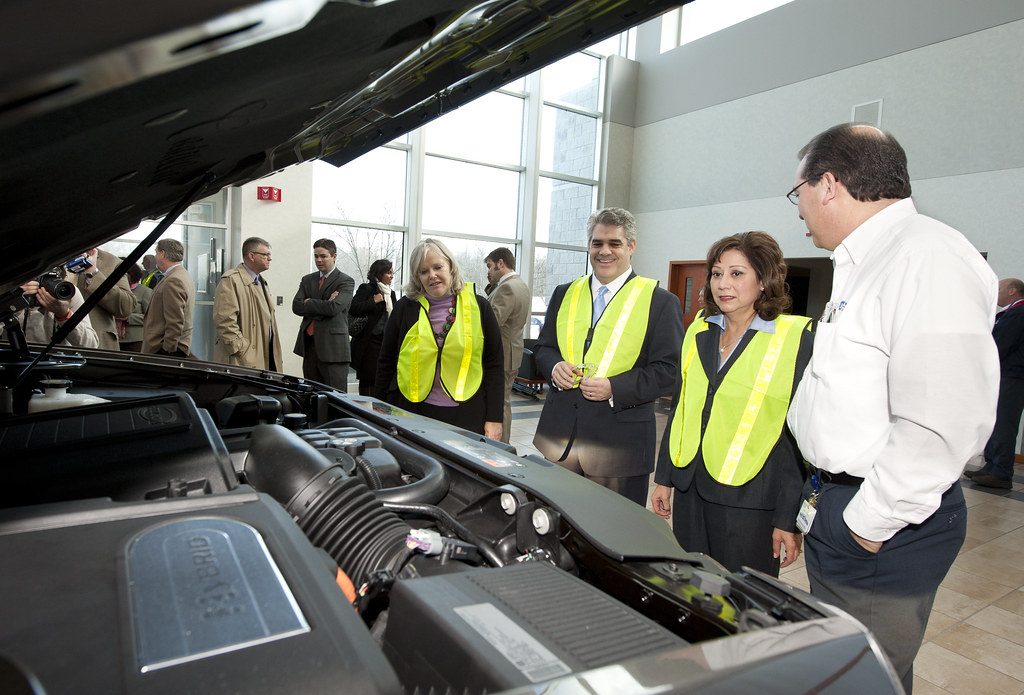
9. **The GM Ignition Switch Cover-Up**
For over a decade, between 2001 and 2014, General Motors knowingly ignored a deadly ignition switch defect that plagued millions of its vehicles. This critical flaw allowed cars to unexpectedly shut off while driving, which in turn disabled vital safety features such as power steering, power brakes, and, most critically, airbags. The sheer negligence in addressing such a fundamental safety component placed countless lives at risk on the roads.
Despite being aware of the potentially catastrophic consequences of this defect for years, GM made the calculated and deeply troubling decision to avoid a full recall, primarily driven by concerns over cost. This prioritization of corporate profits over human safety had dire repercussions, as the defect was definitively linked to an alarming 124 deaths. The revelations sparked widespread public outrage and intense government investigations, exposing a profound failure of corporate responsibility.
Ultimately, GM was forced to pay a $900 million fine, a substantial penalty that underscored the gravity of its cover-up and the severe ethical lapse. The GM ignition switch scandal remains a powerful and somber reminder of the importance of corporate accountability and ethical decision-making within the automotive industry. It served to reinforce the principle that concealing known safety defects for financial gain can have devastating human and economic consequences, leading to stricter oversight and renewed calls for transparency.
Read more about: Beyond the Shiny Exteriors: Uncovering the Auto Industry’s Darkest Secrets and Corporate Scandals
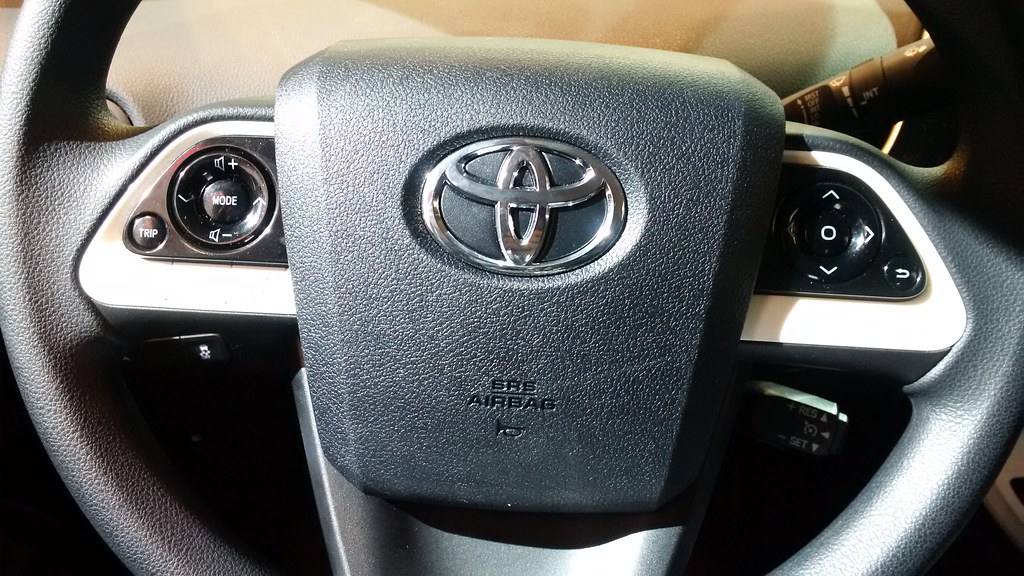
10. **The Takata Airbag Recall: The Largest in History**
Following its earlier seatbelt issues, Takata became infamously synonymous with the largest automotive recall in history, a scandal that continues to reverberate across the industry. This colossal defect affected over 100 million airbag inflators worldwide, installed in vehicles from more than 20 different automakers. The core of the problem lay in the inflators’ propensity to explode with excessive and deadly force, tragically sending metal shrapnel flying at drivers and passengers upon deployment.
The human toll of the Takata airbag crisis has been devastating. As of 2024, at least 35 deaths and hundreds of injuries have been unequivocally linked to the faulty airbags, highlighting the catastrophic failure of a critical safety component. The immense scale of the crisis and the severe liabilities it generated ultimately drove Takata, once a leading supplier, into bankruptcy.
Beyond the immediate financial and human costs, the scandal resulted in billions of dollars in fines and settlements for the affected automakers. This unprecedented case stands as a stark and enduring reminder of the catastrophic consequences that can arise from manufacturing negligence, underscoring the absolute necessity for rigorous quality control and ethical practices throughout the complex global supply chain of the automotive industry.
Read more about: Beyond the Blink: How a Ford Camera Glitch Uncovers Systemic Engineering Failures and the Lingering Shadows of Automotive Design Mistakes
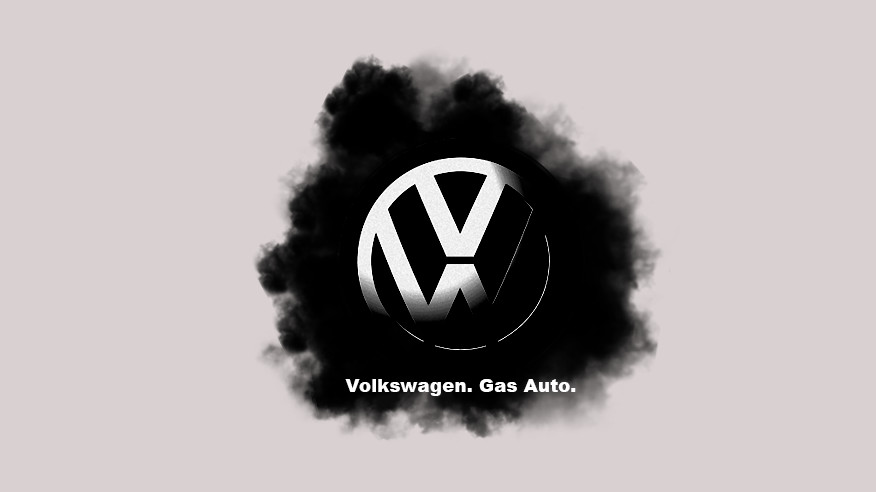
11. **Volkswagen Dieselgate Scandal**
In 2015, the automotive world was rocked by the monumental ‘Dieselgate’ scandal, a revelation that severely tarnished Volkswagen’s reputation and sent shockwaves through the global industry. It was uncovered that Volkswagen had deliberately installed ‘defeat devices’ – sophisticated software designed to detect and manipulate emissions tests – in its diesel vehicles. This allowed the cars to emit lower levels of pollutants during regulatory testing while, in real-world driving conditions, they produced significantly higher, illegal levels of nitrogen oxides.
The scale of this deception was immense, with over 11 million vehicles globally implicated in the carmaker’s illicit tactics. The fallout was swift and severe. Volkswagen was ultimately forced to spend an estimated $14.7 billion to settle allegations related to its cheating on emissions tests and misleading customers. This enormous financial penalty reflected the gravity of the corporate malfeasance and the global reach of its impact.
Dieselgate not only resulted in a massive financial hit but also dealt a crippling blow to Volkswagen’s carefully cultivated image as a pioneer of ‘clean diesel’ technology. The scandal fundamentally reshaped consumer perception and governmental oversight of emissions standards, propelling Volkswagen, and indeed the wider industry, to accelerate its focus on developing genuinely clean and electric vehicle technologies to regain lost trust.
Read more about: When Automotive Giants Stumble: Unearthing the Toxic Pasts of 14 Iconic Vehicles and Brands

12. **Hyundai and Kia Overstated MPG Claims**
In 2012, both Hyundai and Kia faced significant backlash after it was revealed they had overstated fuel economy numbers for more than one million vehicles sold in the U.S. In an industry where miles per gallon (MPG) ratings are a crucial factor for consumers, this deception left many buyers feeling misled and betrayed. The inaccurate figures painted a rosier picture of vehicle efficiency than was actually the case, potentially influencing purchasing decisions based on false premises.
An extensive investigation by the Environmental Protection Agency (EPA) confirmed the brands’ exaggerated MPG claims, necessitating immediate action. To rectify the situation, the automakers were compelled to offer reimbursements to affected customers, a substantial financial undertaking. Furthermore, they agreed to pay $41.2 million to 33 states that investigated them for the exaggerated ratings, followed by a $350 million settlement to the EPA and Department of Justice in 2013, underscoring the severe regulatory and legal consequences.
This scandal not only cost Hyundai and Kia millions in settlements and reimbursements but also significantly damaged their reputation, particularly among eco-conscious consumers who prioritize fuel efficiency. The incident led to tighter oversight on fuel economy claims across the industry, serving as a powerful reminder of the potential fallout from misleading advertising and the critical importance of accurate, verifiable product information for consumer trust.
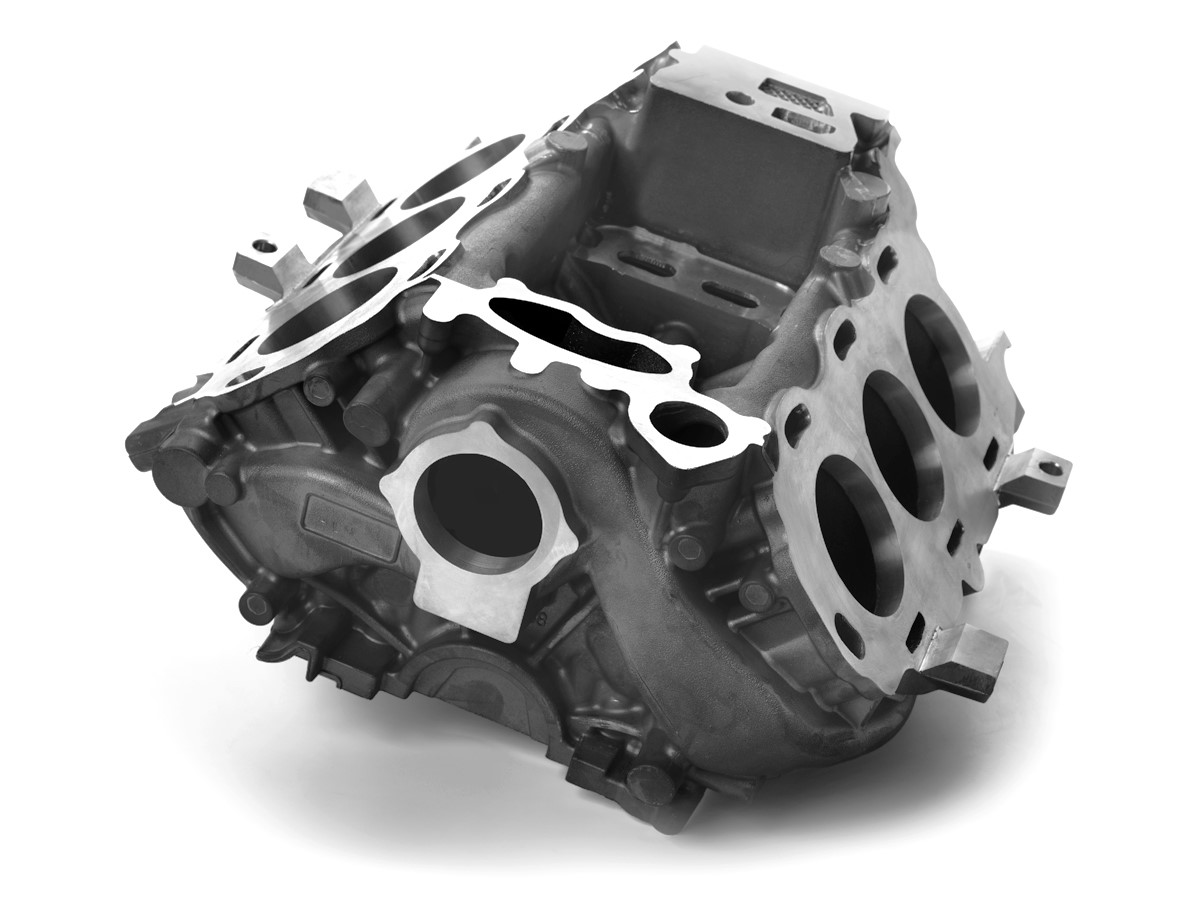
13. **FCA Bypassing Emissions Test**
Just two years after the Volkswagen Dieselgate scandal broke, Fiat Chrysler Automobiles (FCA) found itself embroiled in a remarkably similar controversy in 2017. The company was accused of utilizing comparable ‘cheat devices’ in its diesel vehicles to bypass stringent emissions tests, once again highlighting a troubling pattern of environmental deception within the automotive sector. The allegations cast a fresh shadow over the industry’s commitment to regulatory compliance and clean air standards.
While FCA admitted that it might have, at some stage, failed to properly disclose methods for emissions control technology in certain vehicle models, it steadfastly denied purposefully cheating on emissions tests in the U.S. This nuanced defense, however, did little to quell the public’s skepticism or the intensity of the regulatory scrutiny. The Environmental Protection Agency (EPA) alleged that FCA’s vehicles emitted more pollution on the road than they did during official testing.
Ultimately, the scandal tarnished Fiat Chrysler’s reputation, particularly among environmentally conscious consumers and advocacy groups. It underscored the increasing regulatory pressure on automakers worldwide to develop and implement truly effective emissions control systems, rather than resorting to deceptive practices. The FCA case served as another potent reminder that the issue of emissions discrepancies remained a persistent and challenging problem across the industry, necessitating continuous vigilance.

14. **Nissan CEO Carlos Ghosn Scandal**
In a dramatic turn of events that transcended typical corporate misconduct, Carlos Ghosn, the once-revered former chairman and CEO of Nissan, was arrested in Japan in 2018 on suspicion of committing grave financial crimes. The charges against him included allegations of underreporting his income for years and misusing company assets for personal gain, revelations that sent shockwaves through the global automotive alliance of Renault-Nissan-Mitsubishi.
The scandal took an even more sensational turn the following year. While awaiting trial under house arrest, Ghosn executed a daring escape from Japan, reportedly hiding in a large musical equipment box that was then shipped via private jet to Lebanon. This audacious flight from justice captivated international headlines and further compounded the legal and reputational challenges facing Nissan.
Ghosn’s high-profile case brought immense negative attention to Nissan, exposing weaknesses in its corporate governance and sparking significant tensions within the intricate alliance he had meticulously built. The instability within the company’s leadership structure and the profound impact on consumer trust were undeniable. This scandal unequivocally underscored how deeply executive misbehavior can affect a brand’s reputation, financial stability, and operational integrity on a global scale, serving as a cautionary tale of unchecked power and corporate responsibility.
Read more about: Beyond the Shiny Exteriors: Uncovering the Auto Industry’s Darkest Secrets and Corporate Scandals
The history of the automotive industry, as these narratives so vividly illustrate, is a dynamic tapestry woven with threads of groundbreaking innovation, fierce competition, and, unfortunately, profound corporate missteps. From design flaws that tragically compromised human lives to sophisticated schemes designed to circumvent environmental regulations and instances of executive malfeasance, these scandals serve as enduring lessons. They remind us that the pursuit of progress must always be balanced with an unwavering commitment to safety, integrity, and consumer trust. While regulatory frameworks have tightened and corporate accountability is under greater scrutiny than ever before, the vigilance of consumers, the diligence of regulators, and the ethical leadership of automakers remain paramount to prevent future tragedies and build a truly reliable and responsible automotive future. The road ahead demands collective responsibility to ensure that innovation never comes at the expense of human well-being or planetary health, guaranteeing that the industry truly drives forward with integrity.

